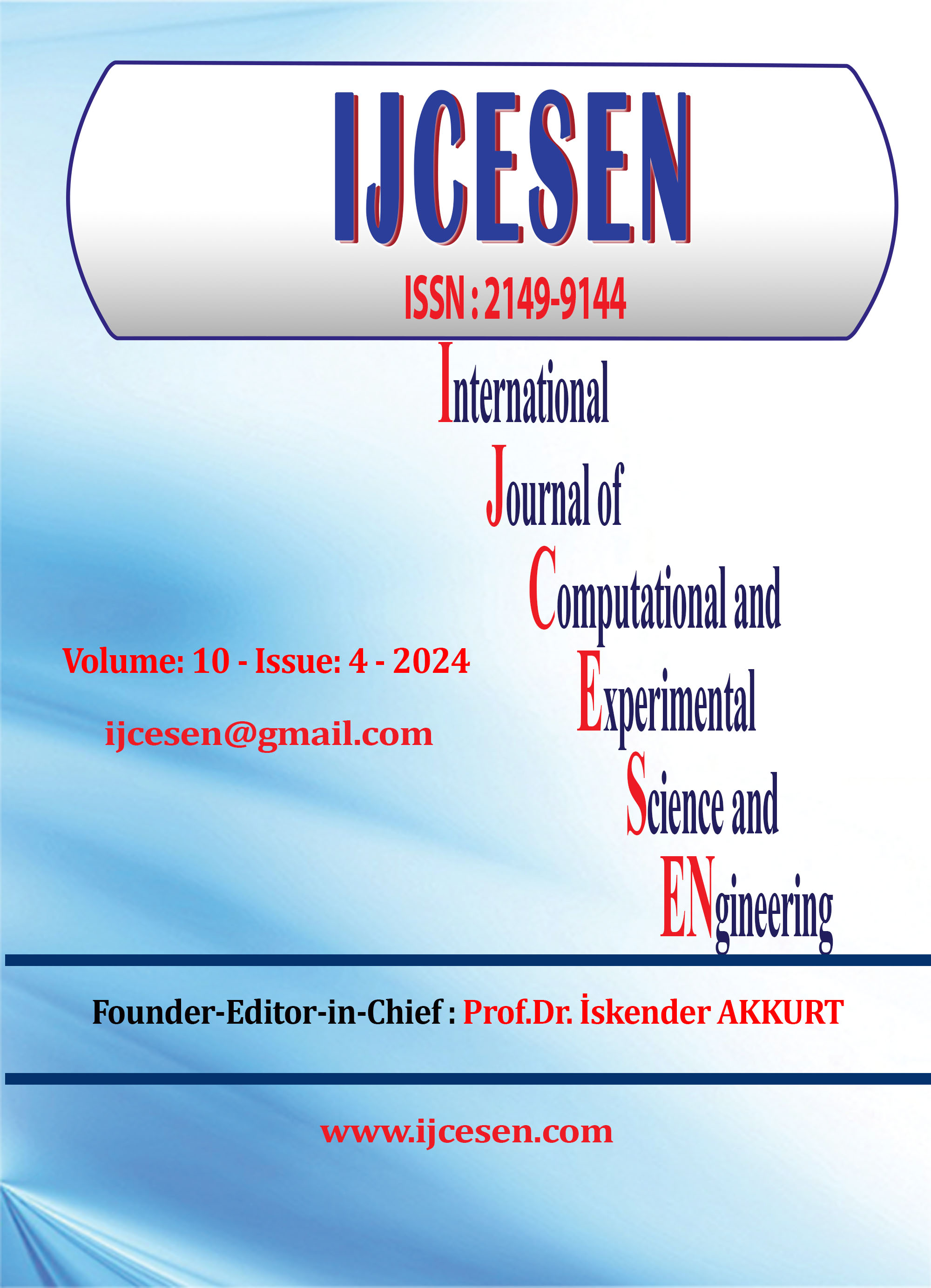The Use of Adaptive Learning Technology in the Malaysian School Classrooms
DOI:
https://doi.org/10.22399/ijcesen.3726Keywords:
Adaptive Learning Technology, Digital Infrastructure, Data-Driven Algorithms, Curriculum IntegrationAbstract
Using adaptive learning technology in Malaysian classrooms marks a major change in the educational system of the nation. Children from many backgrounds should be able to study more effectively and on their own free will thanks to this technology. Thanks to data-driven algorithms, adaptive learning systems conduct constant review of student performance. This is done to ensure that every student receives individual teaching materials tailored to their own strengths, limits, and learning speed. These findings will help to clarify the degree of adaptive learning technologies usage in Malaysian primary and secondary schools as well as the effects these tools have on the dynamics of the classroom, the degree of student involvement, and the final grades. The findings suggest that classroom performance is much enhanced by adaptive learning systems. These strategies also help instructors to conduct customized instruction and give more time to concentrate on students who want additional assistance. Still, certain components are necessary if such technologies are to be employed sensibly. These elements include digital infrastructure, teacher training, curriculum integration, and academic stakeholder support. Among the issues still standing as obstacles to general adoption are worries about data security, a reluctance to innovative educational approaches, and restricted access to technology in remote areas. The research suggests that in Malaysia adaptive learning may result in a more inclusive, fair, and responsive educational system. This commitment shows even in the present difficulties. Teachers and legislators might discover ideas in this part on how to more include adaptive learning technology into classrooms by means of investments in digital infrastructure, continual professional development for educators, and strategic planning. The results of this study validate the corpus of current knowledge on educational technology and show how adaptive learning may transform the Malaysian educational system.
References
[1] Abdullah, R., Rahman, M. A., & Zainuddin, N. (2021). Technology-enhanced learning in Malaysian classrooms: Challenges and opportunities. Education and Information Technologies, 26(5), 5121–5139.
[2] Ali, N. M., Yusof, N., & Ariffin, M. M. (2021). Technology integration in Malaysian classrooms: A focus on adaptive learning systems. Malaysian Journal of Educational Technology, 21(3), 45–57.
[3] Chong, S. L., Lee, W. M., & Ng, A. H. (2022). Investigating teacher readiness for technology-enhanced learning in Malaysian schools. Malaysian Online Journal of Educational Technology, 10(3), 45–56.
[4] Ismail, A., & Hashim, H. (2019). Exploring the role of teacher readiness in implementing adaptive technologies. International Journal of Instruction, 12(1), 113–130.
[5] Ismail, H. N., & Khalid, M. S. (2020). The impact of adaptive learning systems on student achievement in secondary education. Malaysian Journal of Learning and Instruction, 17(3), 89–104.
[6] Kamaruddin, M. F., & Hashim, R. (2021). Examining the readiness of technological infrastructure in Malaysian rural schools. Education and Information Technologies, 26(5), 6139–6157.
[7] Noor, N. M., & Latif, H. A. (2020). Enhancing classroom learning through infrastructure investment: A Malaysian perspective. International Journal of Instructional Technology, 17(2), 48–63.
[8] Salleh, M. I., & Yunus, M. M. (2022). Bridging the digital gap: Infrastructure and digital equity in Malaysian rural schools. Asian Journal of Education and Social Studies, 19(3), 67–79.
[9] Sani, R., & Mohamad, M. (2021). Classroom transformation in Malaysia: Challenges and prospects for 21st-century learning. Malaysian Journal of Learning and Instruction, 18(1), 1–18.
[10] Ibrahim, N. H., & Hussein, R. (2019). Equity and access in Malaysian school classrooms: The rural–urban divide. International Journal of Educational Development, 70, 102091.
[11] Tan, L. H., & Mokhtar, M. Z. (2020). Adaptive learning and its impact on student performance in Malaysian secondary education. Asia Pacific Journal of Education, 40(4), 310–326.
[12] Tan, M. H., & Aziz, A. A. (2021). Bridging the digital divide in Malaysian education: Adaptive learning and its role in equitable access. Asian Journal of Distance Education, 16(2), 101–114.
[13] Yap, S. L., & Lau, C. H. (2020). Enhancing school digital capacity: A study on technological infrastructure in Malaysia. Asian Journal of Education and e-Learning, 8(3), 49–60.
[14] Zain, M. S., & Che Omar, N. (2023). Barriers to digital transformation in Malaysian schools: Infrastructure and pedagogical perspectives. Journal of Digital Learning and Education, 5(2), 78–95.
[15] Rahman, F., & Hamzah, M. (2022). Enhancing inclusive education through adaptive learning platforms: A Malaysian case study. Journal of Educational Research and Practice, 12(3), 105–120.
[16] Zainal, N., & Samad, A. M. (2023). The integration of adaptive learning platforms in Malaysian primary education: Opportunities and constraints. Journal of Educational Research & Practice, 13(1), 65–78.
Downloads
Published
How to Cite
Issue
Section
License
Copyright (c) 2024 International Journal of Computational and Experimental Science and Engineering

This work is licensed under a Creative Commons Attribution 4.0 International License.





